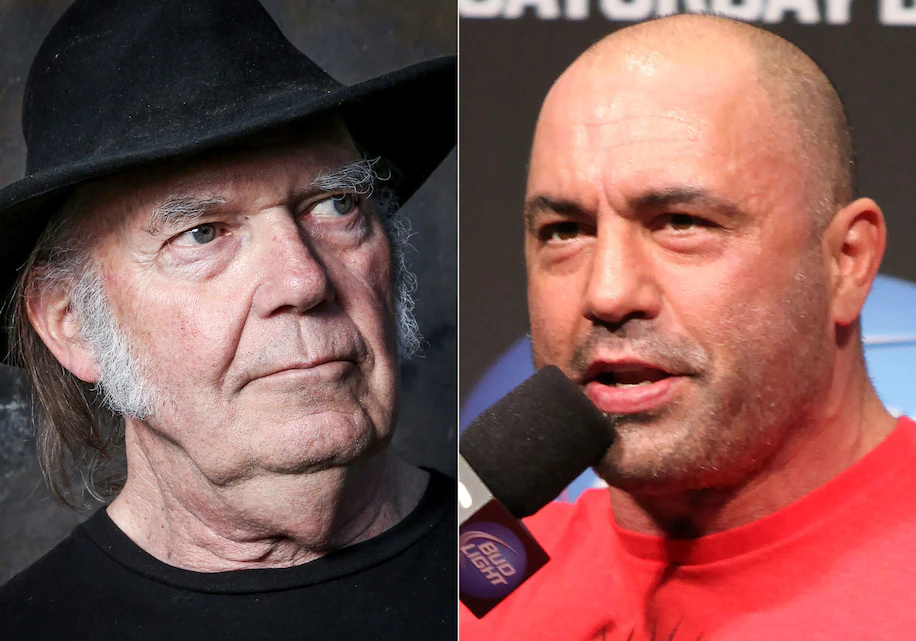With record temperatures steam-pressing the United States and much of Europe, Africa and Asia, many in my Science-Is-A-Hoax Facebook group have posed a sensible question: Is "wokeness" to blame for these heat waves?
As a white man with access to the internet and an
unwillingness to care about anyone besides myself, I can tell you the answer
is, indisputably, yes. Liberal wokeness is causing temperatures to rise and
forcing me to leave my Hummer idling in the driveway with the AC on and the
doors open in an attempt to cool the air around my house.
President Joe Biden and his windmill-hugging liberal minions
will tell you the soaring temperatures have something to do with “climate
change” or “global warming” or “humanity’s unwillingness to stop destroying the
planet, thereby guaranteeing its own extinction.” Well, if you believe that, I have a coastal
bridge to sell you! (FULL DISCLOSURE: Bridge is currently underwater and will
require minor heightening and repairs.)
On Tuesday, the National Weather Service, which notoriously
attempts to influence conservatives with left-wing concepts like “facts” and
“data,” forecast “dangerous heat” across the country, ranging from the
high 90s to triple digits.
In a heat advisory, the Weather Service wrote: “Take extra
precautions if you work or spend time outside. When possible reschedule
strenuous activities to early morning or evening. Know the signs and
symptoms of heat exhaustion and heat stroke.”
You don’t get to tell me what to do, you Marxist
meteorologists. I’m an American, and if I want to go out in the backyard and
dump used motor oil in the pond while breathing in the welcoming smoke of my
neighbor’s tire fire, I will do so without knowing the signs and symptoms of
heat exhaustion, thank you very much. Commies.
Now back to why wokeness is to blame for the heat, and for
everything I don’t want to be forced to care about. Wokeness is an effort to get a person
like me to treat people who aren’t exactly like me with some level of basic
human decency, usually through onerous requests like respecting their identity
or faith, not making offensive jokes at their expense or having to make almost
immeasurably small adjustments to the way I speak or live my life.
It could involve a person saying, "I use he/him
pronouns and would appreciate you using them when you refer to me," and me
saying, "That would require me to be considerate, and I can't do that
because my brain is busy figuring out new ways to 'own the libs' on
Twitter."
Or it could involve a teacher giving my child the historical
context of racism in America so he can grow up with a full understanding of our
nation's complicated past, when I would prefer that teacher stick to the
teachings of Sean Hannity, who once said: "The U.S. is the greatest, best country God has ever given man on
the face of the earth.“
When confronted with wokeness, I have two options: Listen,
understand and do my best to make another person’s life better (HAH!); or get
extremely angry and vent about it online.
Obviously, I always choose the second option, which is bad for global temperatures because getting angry online causes my brain to start functioning, and the friction involved in firing dormant synapses generates SERIOUS heat.
Now imagine how many of me there are in this country and
around the world and how much heat our brains are cranking out when we get
angered by woke-ism. Is that enough to explain why the United Kingdom shattered its previous high-temperature
records on Tuesday, with one village in eastern England hitting 104.5
degrees Fahrenheit?
No, not quite. The other woke-induced issue contributing to
these heat waves is the voluminous hot air released by Republican politicians
and right-wing pundits when they are angry about wokeness, which is all the
time.
Republican Sen. Ron Johnson of Wisconsin recently released a
weather-changing blast of hot air when he blamed school shootings like the one in Uvalde, Texas, on
wokeness: “We stopped teaching values in so many of our schools. Now we’re
teaching wokeness, we’re indoctrinating our children with things like CRT,
telling some children they’re not equal to others, and they’re the cause of
other people’s problems.”
Nikki Haley, former U.S. ambassador to the United Nations
and possible GOP presidential candidate, spiked the room temperature in Fox News’ studio Tuesday,
saying America needs to "get rid of all this woke stuff” and start
fighting for “normal people.”
Do you see the harm you’re doing to the environment, you
woke warriors? You’re causing people like Haley to warm the earth’s atmosphere
with fired-up comments suggesting you’re not normal. Should she have kept that
thought to herself and never admitted she had it to anyone, anywhere, ever?
Yes. But you folks in the “let’s all take the infinitesimally small measures
necessary so everyone can be their true selves” crowd forced Haley to say
it out loud in a billowing puff of hot air and now WE HAVE FLIGHTS GETTING
CANCELED BECAUSE AIRPORT RUNWAYS ARE MELTING!!
Shame on all of you for trying to force us normals to think
about someone other than ourselves. You woke-ists have nobody but yourselves to
blame for these heat waves. Either that or I typed this column outdoors
by the tire fire without knowing the signs and symptoms of heat exhaustion.
https://www.msn.com/en-us/news/opinion/is-wokeness-responsible-for-us-and-european-heat-waves-absolutely/ar-AAZMHNs?ocid=entnewsntp&cvid=c99e491693c84d17b89a2463959b05a6
